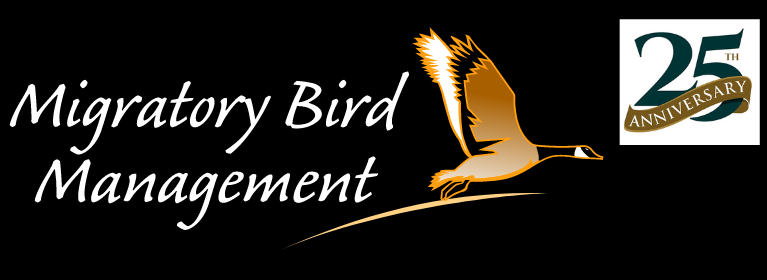How To Manage the Risks of Rooftop Herring Gull Nests
Mar 22, 2022
While the spectacle of a ring-billed gull colony with a thousand birds or more on a single rooftop gets more attention, having even a single nest on the roof of your building is a problem. The mess may be smaller, but the outsized havoc that a protective pair of herring gulls can create is no small trouble.
Herring gulls typically nest in an isolated location where their nest is safe and protected from predators. This can be anywhere from rooftops (big or small), awnings over entrance ways, parking structures, on top of or beneath HVAC units, skywalks, skylights, catwalks, gutters, clock towers, rooftop gardens, and patios. It is common to see a single nest on a rooftop shielded by a parapet or air conditioning unit. You may also have a dozen or so herring gull nests on the same roof, but they will be spread out with more distance between them than you would see in a ring-billed gull colony.
Fiercely Protective Instincts Bring Wide Risk Of Attacks
Herring gulls are also more aggressive in protecting their nests. When a person gets too close to a nest, or pokes a head up through a rooftop hatch for that matter, the gulls will swoop in – and they don’t give up easily. With tactics that include pooping on their target and aiming for the head, they can draw blood and cause a nasty fall for anyone who gets too close – not to mention the diseases they may carry. This can make for a long day for window washers and HVAC engineers.


Even pedestrians far below can be targeted. Herring gulls on lower rooftops may fly at people on the ground, especially if they’re wearing the same colors as someone they’ve seen on the roof. They may even bring in reinforcements from other buildings. Before you know it, you will have several herring gulls swooping at you even though there may only be one nest. The aggression gets worse if there are juvenile gulls that have hatched out on the roof. You can almost guarantee a smack in the head.
Not much can be done to prevent this behavior, short of a grid system to completely block access to the roof from above. The most effective strategy involves the careful removal of eggs from the nest at scheduled intervals. Removing the nest entirely does not work as the gulls will rebuild in the exact location by the next morning. Deterrents may occasionally work but herring gulls are very persistent during the nesting season. You may find them nesting right next to your deterrents.
Get Expert, Biologist-Led Help For Your Gull Conflicts
At Migratory Bird Management, our team has decades of experience in the management of problem gull populations. With a biologist-led team and an array of customizable strategies for the safe, humane and effective resolution of bird conflicts, we partner with commercial, residential, government, industrial and agricultural clients to prevent injuries, losses and safety issues that can arise from poorly managed bird control efforts.
Don’t wait. Contact us today to get started with an assessment and identification of the best strategies for your property.




 0
0
